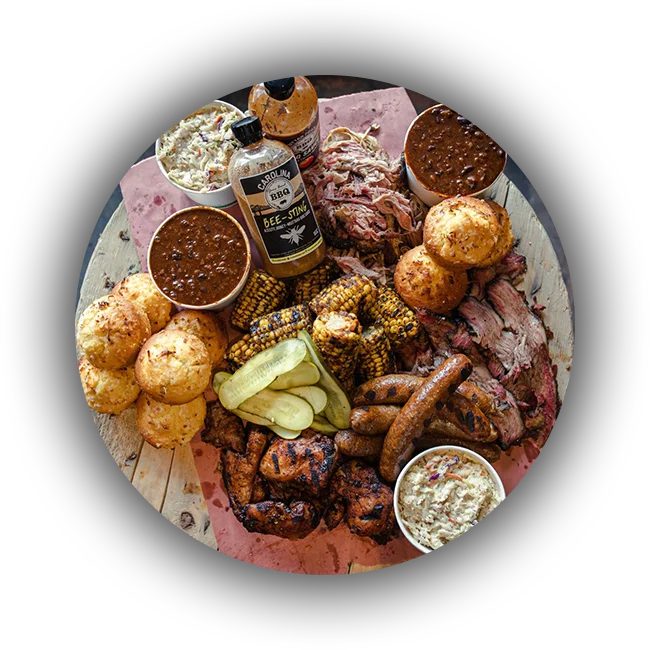Nasolabial folds, the lines that run from the sides of the nose to the corners of the mouth, are among the earliest and most noticeable signs of aging in the face. While completely natural, these folds can make some individuals appear older or more tired than they feel. Understanding what causes nasolabial folds and learning how to minimize or treat them can help you maintain a youthful, refreshed appearance.
What Are Nasolabial Folds?
Nasolabial folds, often referred to as “smile lines” or “laugh lines,” are the deep creases or indentations that form between the nose and mouth. Everyone has them to some extent, even children. However, they become more pronounced with age as skin loses elasticity and volume.
These folds are different from dynamic wrinkles, the lines that appear due to facial expressions, because they are structural features, not just superficial skin creases. They form in response to a combination of anatomical changes in the skin, fat, and bone structure.
Why Do Nasolabial Folds Appear?
Several biological and environmental factors contribute to the development and deepening of folds over time.
1. Aging
Aging is the primary cause of folds. As we age:
Collagen and elastin production in the skin decreases, making it less firm and elastic.
Facial fat pads begin to shift and descend, causing sagging and a more hollowed appearance.
Bone resorption occurs in the midface, reducing structural support.
Together, these changes create the appearance of deeper lines and sagging skin in the lower face.
2. Sun Exposure
Ultraviolet (UV) radiation from the sun damages collagen and accelerates skin aging, a process known as photoaging. Prolonged sun exposure leads to thinner skin and decreased elasticity, exacerbating the appearance of folds.
3. Facial Expressions
Repeated smiling, laughing, and talking can deepen existing nasolabial folds over time. While these expressions are part of everyday life, repetitive movement contributes to the wear and tear of the skin.
4. Loss of Facial Volume
Volume loss in the cheeks and under the eyes creates a downward pull on the midface, increasing the prominence of the nasolabial folds. This is a natural part of aging, but can also be worsened by sudden weight loss.
5. Lifestyle Factors
Smoking, poor nutrition, dehydration, and lack of sleep can contribute to premature skin aging. These lifestyle habits impair circulation and reduce the skin’s ability to repair itself, making folds more pronounced.
What Can You Do About Nasolabial Folds?
Fortunately, there are several strategies to minimize or treat nasolabial folds, ranging from lifestyle changes to advanced cosmetic procedures. The best treatment often depends on the severity of the folds and your personal goals.
1. Preventative Skincare
A good skincare routine can delay the onset of nasolabial folds and reduce their severity over time.
Moisturizers keep the skin hydrated and plump, reducing the appearance of fine lines.
Retinoids (like retinol or tretinoin) stimulate collagen production and improve skin texture.
Antioxidants such as Vitamin C protect the skin from oxidative damage and improve elasticity.
Sunscreen is crucial for preventing photoaging. Daily SPF use protects collagen and reduces wrinkle formation.
2. Facial Exercises and Massage
Facial yoga and targeted massage techniques may help strengthen underlying muscles and improve circulation, potentially leading to firmer skin in the midface area. While results are subtle and require consistency, some people find this a helpful, non-invasive approach.
3. Dermal Fillers
One of the most popular non-surgical treatments for Marionette Lines is hyaluronic acid-based dermal fillers. These fillers:
- Add volume beneath the skin
- Lift and smooth the folds
- Provide immediate results
Common brands include Juvederm, Restylane, and Belotero. Treatment typically takes 15–30 minutes and lasts anywhere from 6 months to over a year, depending on the product and your metabolism.
4. Microneedling and Radiofrequency Treatments
Microneedling uses tiny needles to create micro-injuries in the skin, triggering collagen production. When combined with radiofrequency (RF), the treatment becomes even more effective for skin tightening and wrinkle reduction.
These treatments improve skin texture and firmness gradually over several sessions, making nasolabial less noticeable.
5. Laser Resurfacing
Fractional laser treatments like CO2 or erbium lasers target the skin’s deeper layers to boost collagen remodeling. This can help tighten the skin and reduce the depth of facial folds. Downtime varies depending on the intensity of the treatment.
6. Thread Lifts
A thread lift is a minimally invasive procedure where dissolvable threads are inserted under the skin to lift sagging tissues. It can provide a subtle lift to the cheeks and nasolabial area with results that last 12–18 months. While not as dramatic as surgery, it offers a middle ground between fillers and a facelift.
7. Surgical Options
For deep or persistent folds, facelift surgery may be the most effective option. A facelift repositions facial tissues and removes excess skin, offering long-lasting improvement to midface sagging and nasolabial depth. Though more invasive and costly, surgical intervention provides the most dramatic and enduring results.
Choosing the Right Option
With so many options available, it can be overwhelming to decide which treatment is best. Consider the following when making your decision:
Severity of folds: Early signs may respond well to skincare or fillers, while deeper folds may require more aggressive treatments.
Downtime: Non-invasive treatments typically involve little to no recovery time, while surgery requires more commitment.
Budget: Costs vary widely; non-surgical treatments are less expensive but may need regular maintenance.
Longevity of results: Fillers last several months, lasers offer results for a year or more, and surgery provides results lasting a decade or longer.
Consulting with a board-certified dermatologist or plastic surgeon can help you determine the safest and most effective treatment plan for your unique facial structure and aesthetic goals.
Final Thoughts
Nasolabial folds are a natural part of the aging process, but that doesn’t mean you’re powerless to address them. From lifestyle changes and skincare to advanced medical treatments, there are numerous ways to prevent, minimize, or reverse these facial lines. Whether you’re looking for subtle enhancement or a significant transformation, understanding your options is the first step toward achieving a more youthful and confident appearance.



